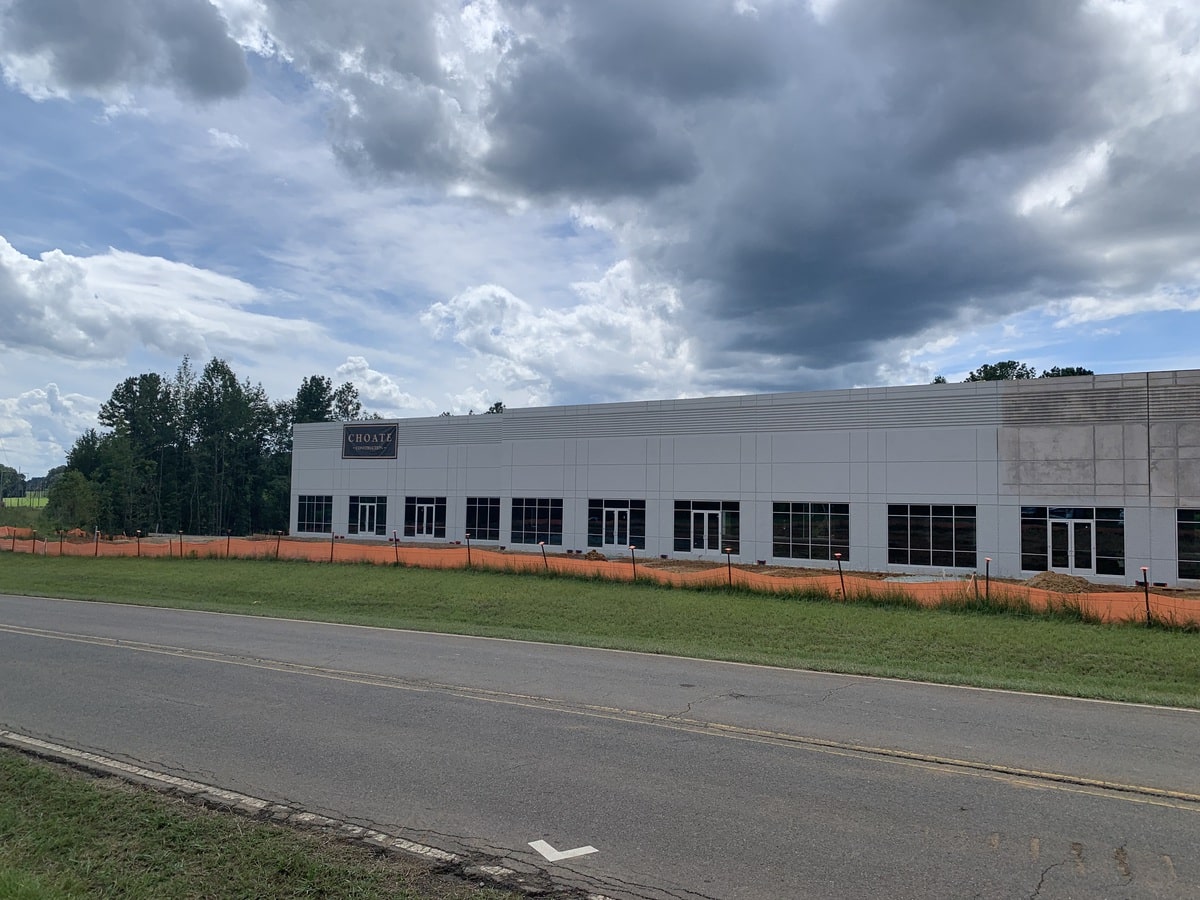Challenge
TRC was engaged by a global insurance company to assist with technical review and claim management for a release of PFAS from stack emissions and other sources at separate fluoropolymer recycling plants in a small community. The releases impacted soil, surface water, sediment, and both shallow and deep groundwater on and off site.

Solution
TRC reviewed existing technical documents and provided input on strategies to efficiently and effectively delineate the releases. This input included assessing the potential for cross-contamination of deep groundwater wells that were installed beneath areas with very elevated PFAS concentrations in soil and shallow groundwater.
TRC’s expert PFAS team quickly identified potential issues with the reliability of PFAS detections in deep groundwater. The reliability concerns were based on (among other factors) the higher percentage of longer-chained (>C9), less mobile PFAS in deeper wells than shorter-chained (<C9) and more mobile PFAS in the deep wells compared to the shallow wells and soil. Site geologic conditions, which included over 20 feet of unsaturated, fine-grained sediment, also indicated that actual impacts to deep groundwater were improbable. To minimize the potential for drag-down of shallow soil contamination, specific deep well construction, development, and sampling protocols were developed for replacement deep wells to prevent contamination or leakage of shallow groundwater to the deep aquifer.
These protocols included:
- Removing the upper two feet of soil prior to drilling around the wells to minimize drag-down of impacted surface soil and constructing a bentonite surface seal (see above photo) prior to drilling to minimize cave-in and surface water run-in during drilling.
- Installing permanent, grouted steel well casings to depths that penetrated into the zone beneath the shallow aquifer
- Using a telescopic, sonic drill inside the grouted steel casing to advance well borings to the desired depth
- Allowing ample time for the well seal to cure prior to well development
- Performing thorough well development prior to sampling
Results
The replacement deep wells yielded non-detect to trace level PFAS results, and provided data that were representative of actual groundwater conditions. These results provided a defensible technical case to the state environmental agency that the prior results showing deep groundwater impacts were not reliable. The deep groundwater in the area of the sites is used as a potable water resource, so eliminating this exposure pathway to PFAS will provide significant cost savings to the insurance company and the insured.
Related Projects
Discover the success we’ve had with helping our clients execute major projects and make a meaningful impact on their local communities.







